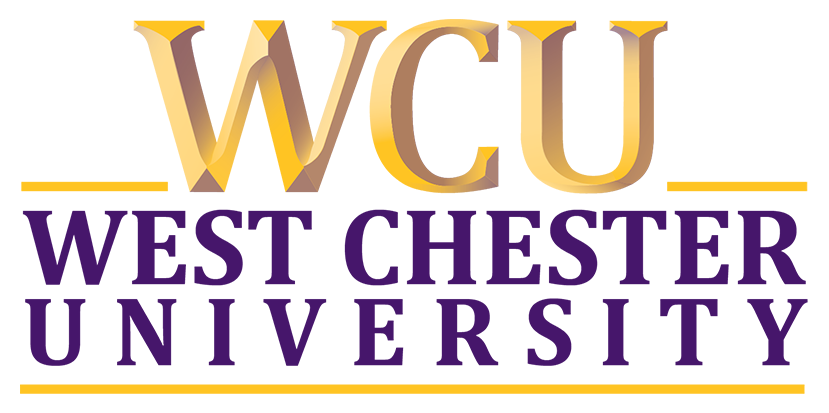Given the large array of generative artificial intelligence tools currently available, it is important for instructors to clarify their own expectations about if, how, and when these tools can be used in a course. A syllabus statement is one component of a comprehensive approach to establishing clear expectations with students.
“Almost every assignment, at every level, can be done, at least in part, by AI.” ~ Ethan Mollick
As Mollick’s quote indicates, there are varied and nuanced ways students may use generative AI tools to support their learning. Some uses may support students in reaching your course goals. As you consider the extent to which you will or will not allow the use of generative AI tools in your course, reflect on how you would react to these situations. What if a student:
- used a generative AI tool to create an outline for an assignment. Then the student wrote the assignment using their own words and thoughts to fill in the outline. In this example, AI helped with idea generation and structure.
- wrote a paper on their own and then used a generative AI tool (like Grammarly) to improve their word choices and conciseness. In this example, AI assisted with editing.
- asked a generative AI tool to create a response to the assignment prompt. Then the student paraphrased the response into their own words before submitting it. In this example, the AI tool supported the completion of the task.
In each example, the amount and extent of AI assistance to the learning process is varied. When crafting your syllabus statement consider your course goals and assignments. Will a blanket AI policy suffice, or will you need to adjust AI use expectations on an assignment-by-assignment basis?
Whatever you decide is right for your course, it is crucially important that you clearly communicate those expectations to students and include any boundary conditions. For example, if you institute a ban on AI use in your course, does that include the use of Grammarly to improve word choices and conciseness? If you are allowing free use of AI in your course do students need to indicate where AI was used or not?
To assist with crafting your syllabus statement, Furze, Roe, and MacVaugh (2023) articulated a five level AI Assessment scale. The provided statements can be used with individual assignment directions or become a course wide-syllabus expectation.
| Level of Use | Description | Sample Statement |
|---|---|---|
| Full AI | Generative artificial intelligence (AI) tools may be used freely and without acknowledgment throughout the course. Explain to students why you are allowing generative AI in the course. Work with students to help them understand the boundaries and suitable applications of these tools to ensure their responsible and ethical use in accordance with the course objectives and guidelines. | You may use generative AI tools (Chat GPT, Dall-E, etc.) freely throughout the course without the need for explicit acknowledgment. Recognize that material created by these tools may be inaccurate, incomplete, or otherwise problematic. Consider how using these tools may stifle your own independent thinking and creativity. You are still responsible for what is submitted, no matter how it is created. |
| AI Task Completion Human Evaluation | Generative artificial intelligence (AI) tools may be used to complete certain elements of assignments so long as students also provide discussion or commentary on the AI generated elements. Students are required to provide citations or acknowledgment when utilizing these tools in their assignments, discussions, or any other course-related activities. Proper acknowledgment ensures academic integrity and demonstrates understanding of the source and influence of generative AI tools on their work. Explain to students your rationale for this approach and how you would like them to cite or acknowledge tool use. | Generative Artificial Intelligence (AI) tools (Chat GPT, Dall-E, etc.) may be used throughout the course, but you are required to provide a citation or acknowledgment when using these tools in any course activities. Proper acknowledgment ensures academic integrity and demonstrates understanding of the source and influence of generative AI tools on your work. When citing generative AI content please use the (insert style type here). Failure to acknowledge the use of generative AI tools may be considered a violation of the WCU academic integrity policy. Submitted work may be reviewed for AI-generated content. You are still responsible for what is submitted, no matter how it is created. |
| AI Assisted Editing | Generative artificial intelligence (AI) tools may be used to make improvements to the clarity or quality of student work in preparation for final submission, but no new content can be created using AI tools. Students are required to provide the original work, prior to AI editing as an appendix to the assignment. Explain to students your rationale for this approach and how you would like them to attach their original work for each assignment. | Generative Artificial Intelligence (AI) tools (Chat GPT, Dall-E, etc.) may be used throughout the course to improve your original work but cannot be used to do the initial creation of the assignment. You are required to provide the original assignment before any AI improvements are made as an appendix to the assignment. Providing your original draft ensures academic integrity and demonstrates understanding of the source and influence of generative AI tools on your work. Failure to provide your original draft may be considered a violation of the WCU academic integrity policy. Submitted work may be reviewed for AI-generated content. You are still responsible for what is submitted, no matter how it is created. |
| AI-Assisted Idea Generation and Structuring | Generative artificial intelligence (AI) tools may be used to help students with brainstorming, creating structures, and generating ideas to improve work. Students may not include AI content in their final submissions. Explain to students your rationale for this approach and provide clear examples of what is acceptable with this policy. | Generative Artificial Intelligence (AI) tools (Chat GPT, Dall-E, etc.) may be used throughout the course only for brainstorming, structure creation, and idea generation. AI tools cannot be used to create assignments. Any submitted work may be reviewed for AI-generated content. Submission of AI-generated work for this course will be considered a violation of the WCU academic integrity policy. |
| No AI | In situations where you believe it is crucial for students to create their own work independent of generative AI tools, be explicit in articulating this prohibition as well as explaining why it is in place. As you consider this approach, recognize that it is not possible to reliably detect AI-generated content. The number of generative AI tools is growing, and it is becoming easier for individuals to create their own customized tools. Detection tools are in a perpetual race to remain current and thus far have not been proven to be reliable. If you plan to use an AI detecting tool, be aware of the risk of harm a false positive can create for a student. | The use of generative artificial intelligence (AI) tools (ChatGPT, Dall-E, etc.) is not permitted. (Explain why for your specific discipline and course context). Any submitted work may be reviewed for AI-generated content. Submission of AI-generated work for this course will be considered a violation of the WCU academic integrity policy. |
Beyond individual faculty decision making, departments can consider establishing a generative AI policy. For example, the nursing department crafted the following to use starting with the Fall 2024 semester:
Generative Artificial Intelligence (AI) tools (Co-pilot, Chat GPT, Dall-E, etc.) may be used for specific assignments with prior permission. To request permission, the student must discuss with the faculty and include the tools they plan to use. When use is allowed, you are required to provide clear citations or acknowledgment that include the tool name and source. The faculty will provide an explanation of the rationale behind allowing or disallowing the use of generative AI tools. When citing generative AI content please use the APA format. Failure to acknowledge the use of generative AI tools may be considered a violation of the WCU academic integrity policy. Submitted work may be reviewed for AI-generated content.
TLC has a set of optional sample syllabus statements.
Finally, as you craft a syllabus statement, it is important to remember that detection of AI generated content is not reliably possible.
If you would like to discuss your syllabus statement in greater detail or are interested in feedback on a statement, you can always reach out to your assigned instructional designer or email us at TLC@wcupa.edu.

